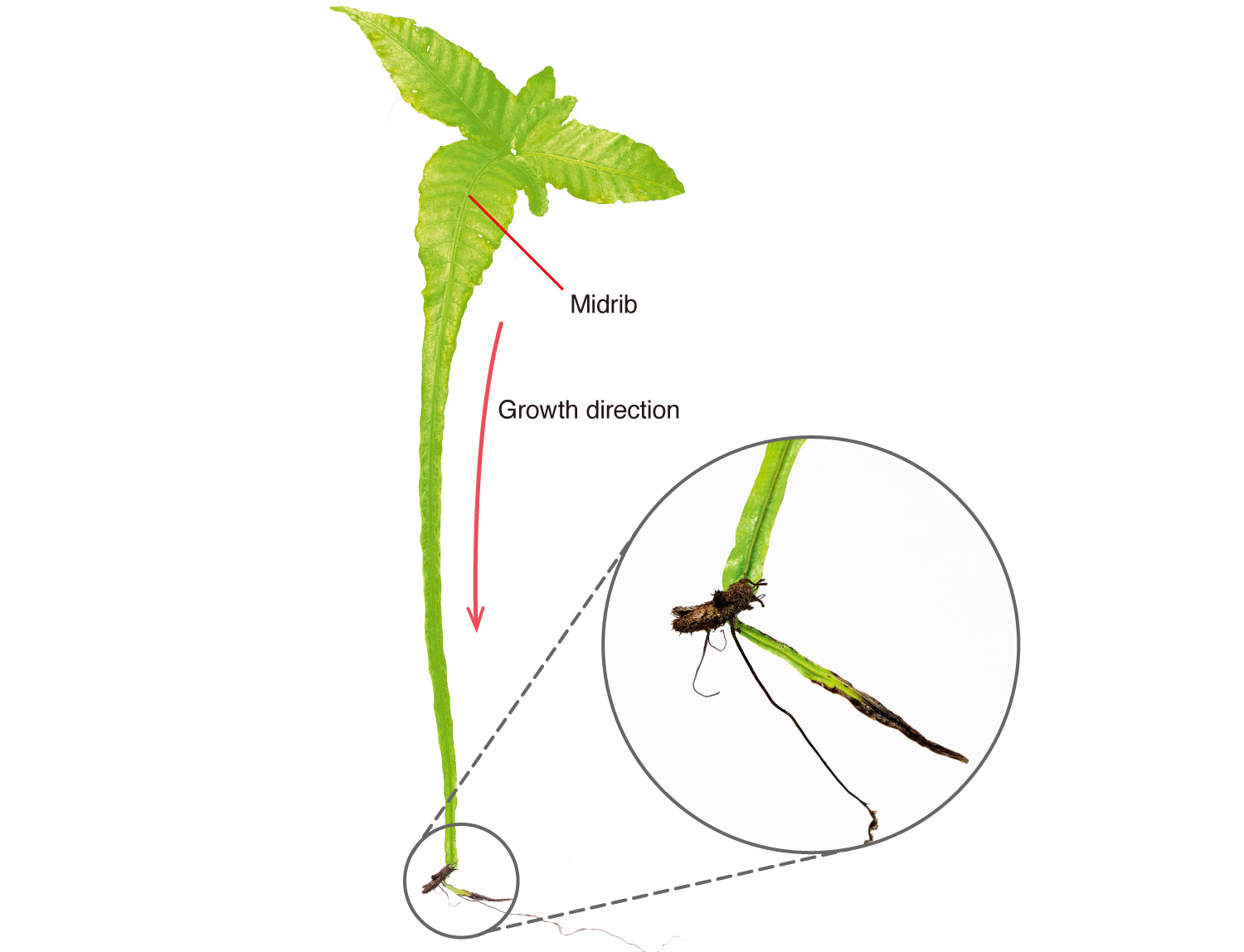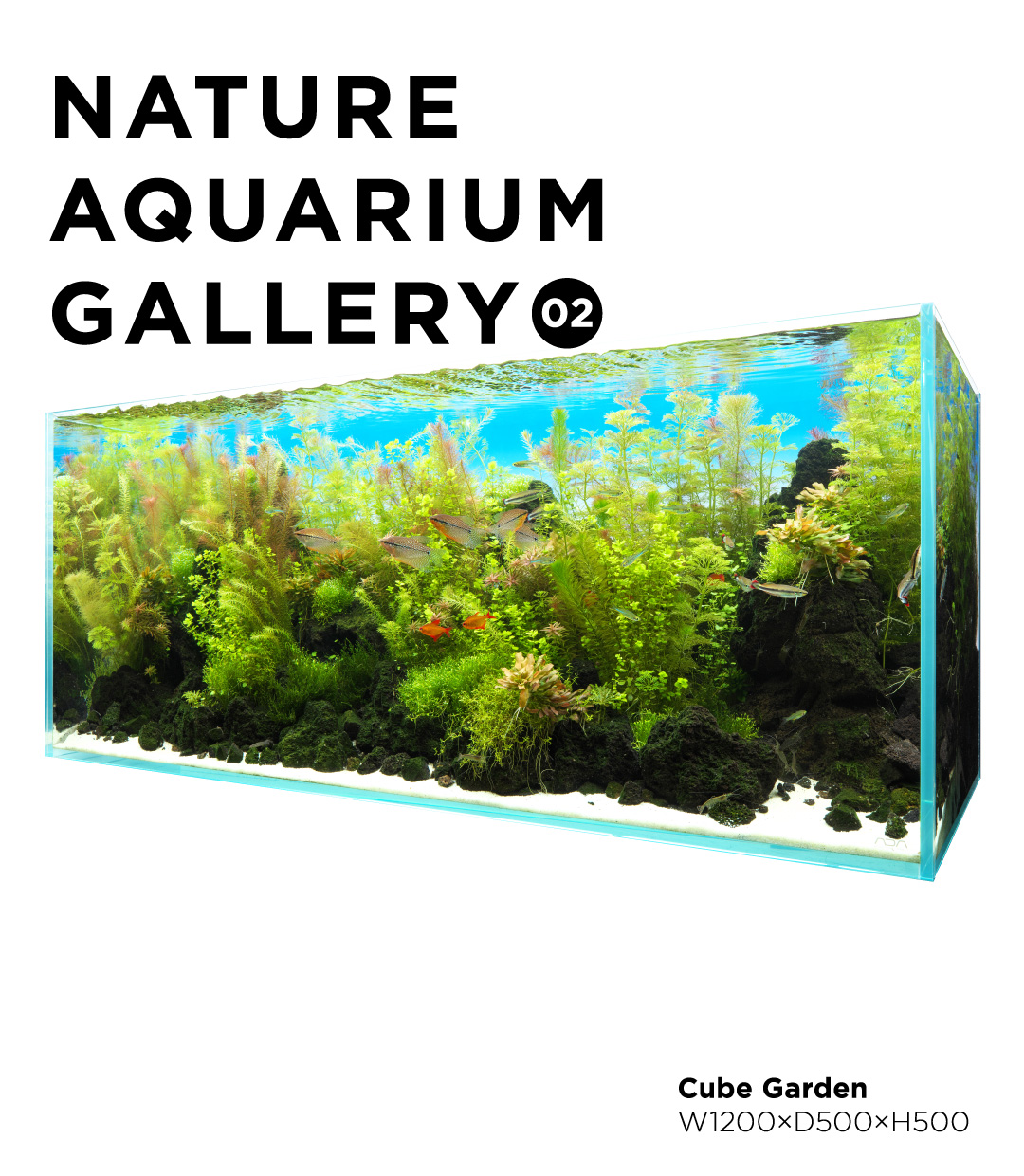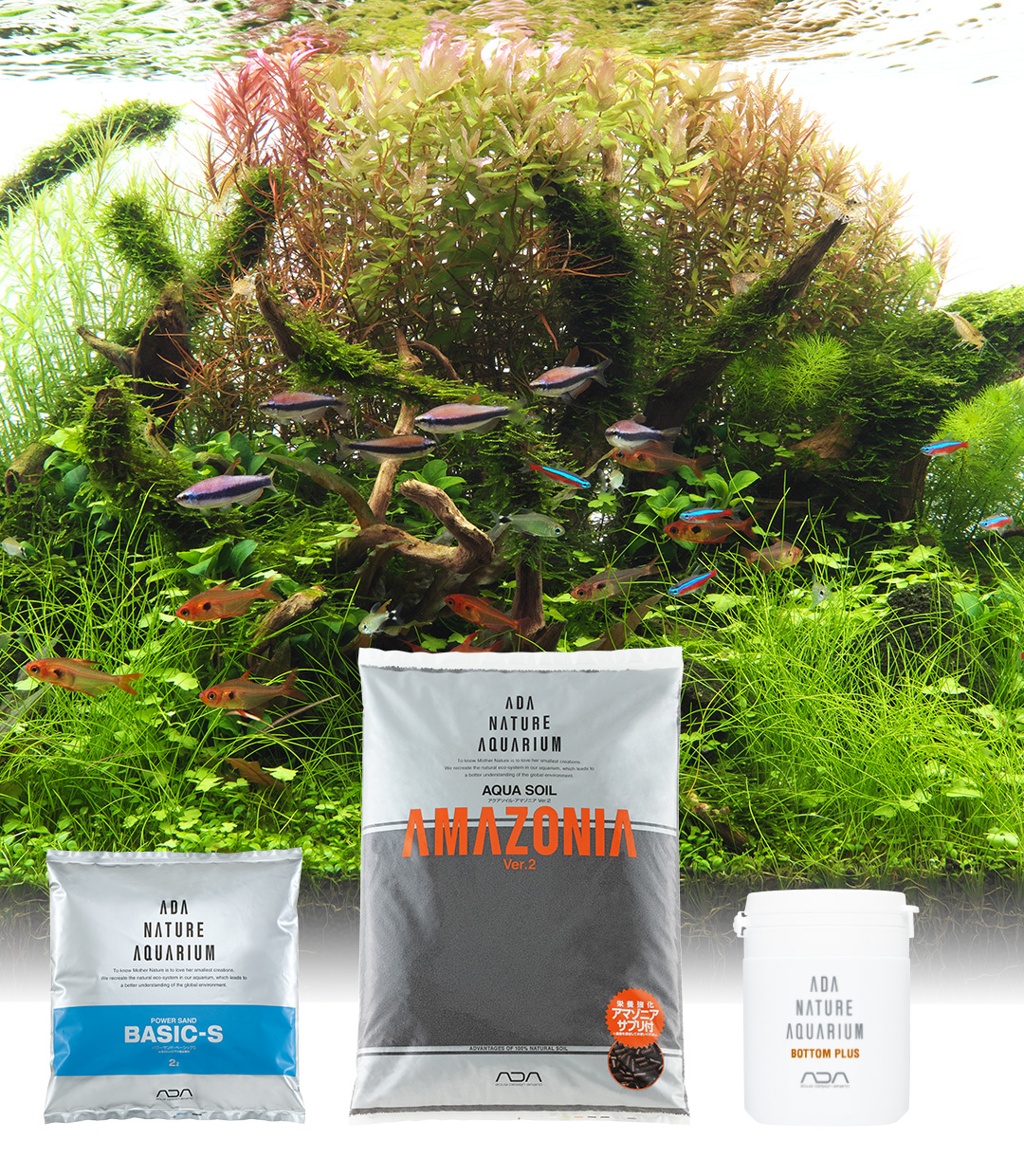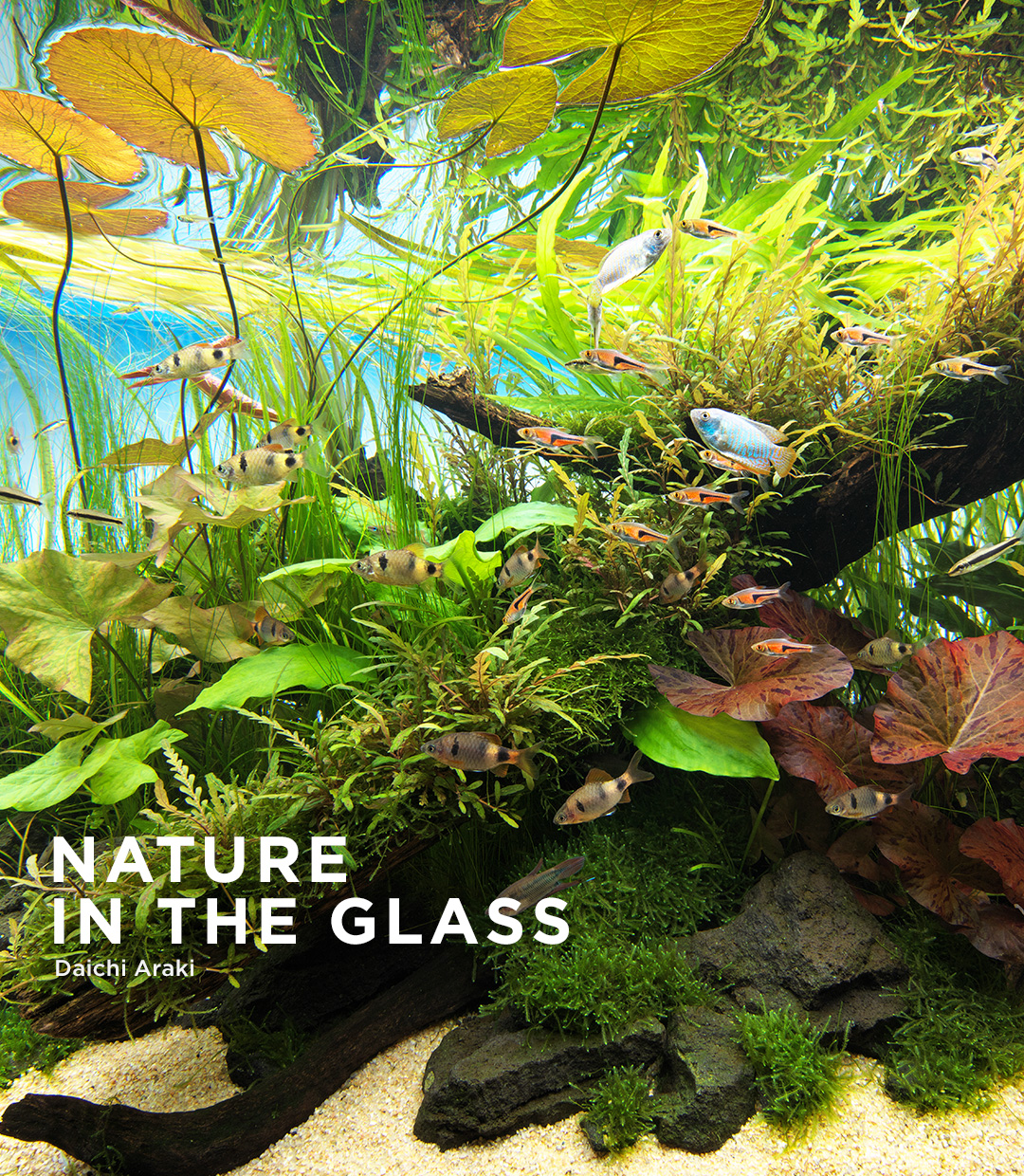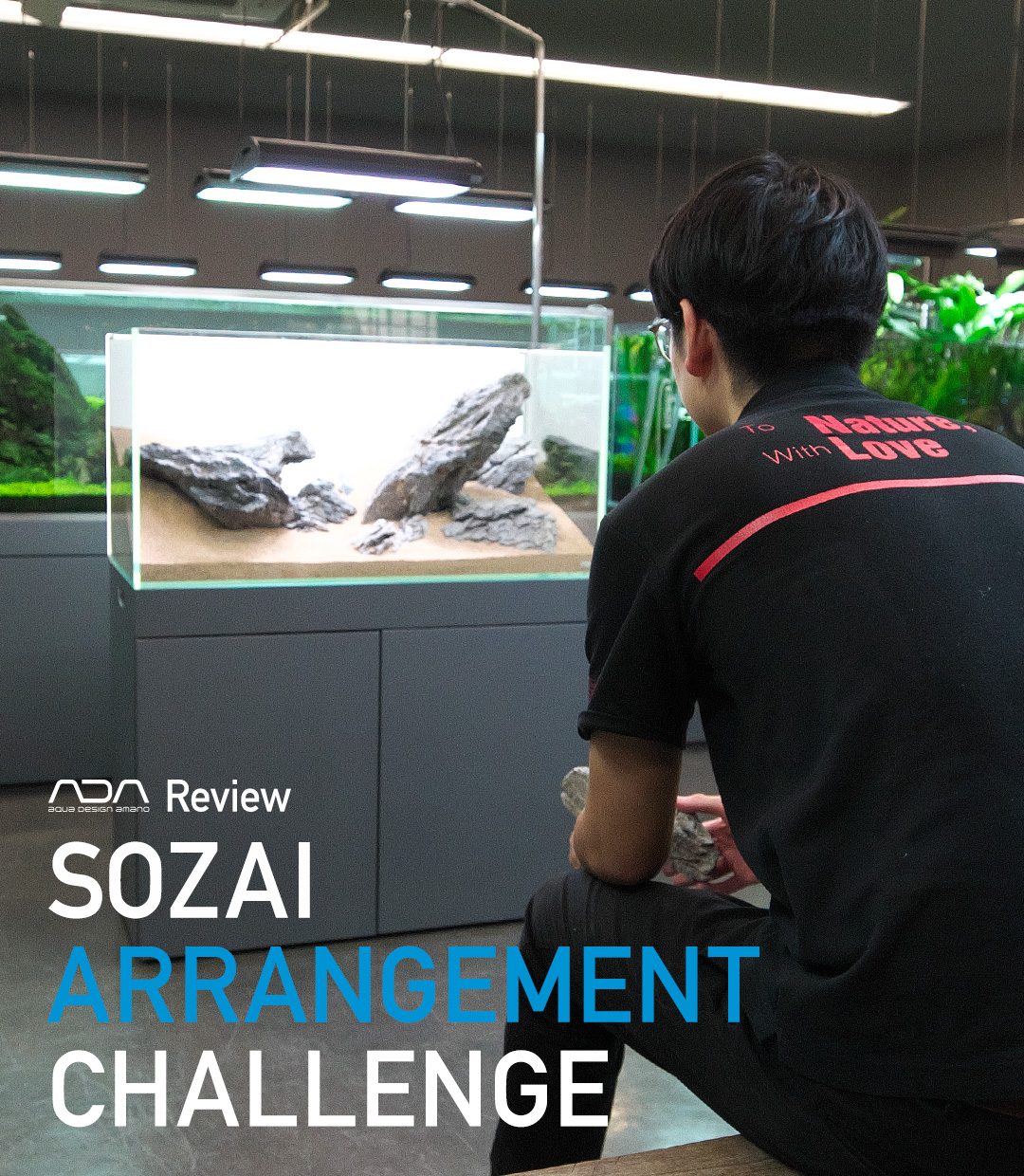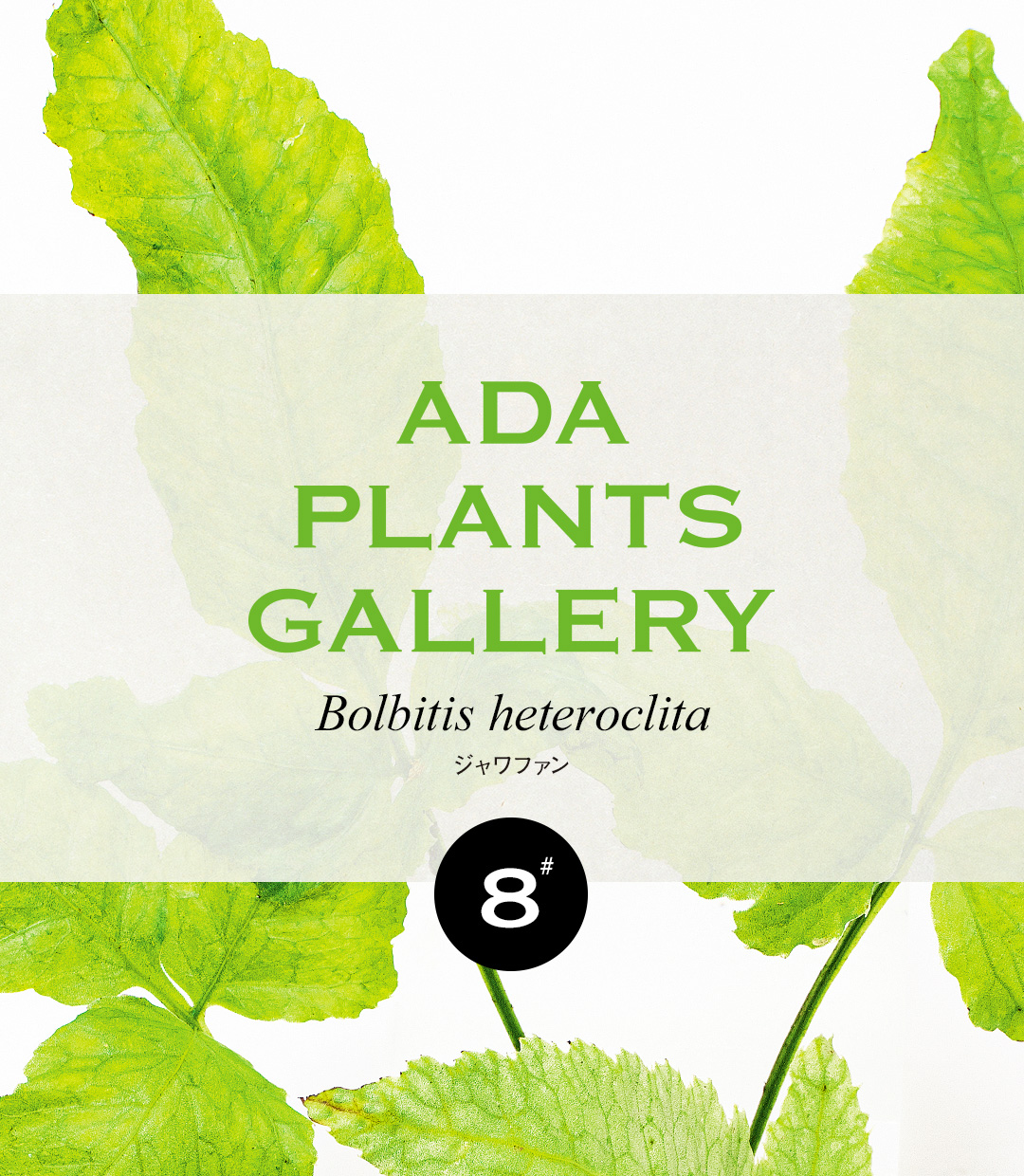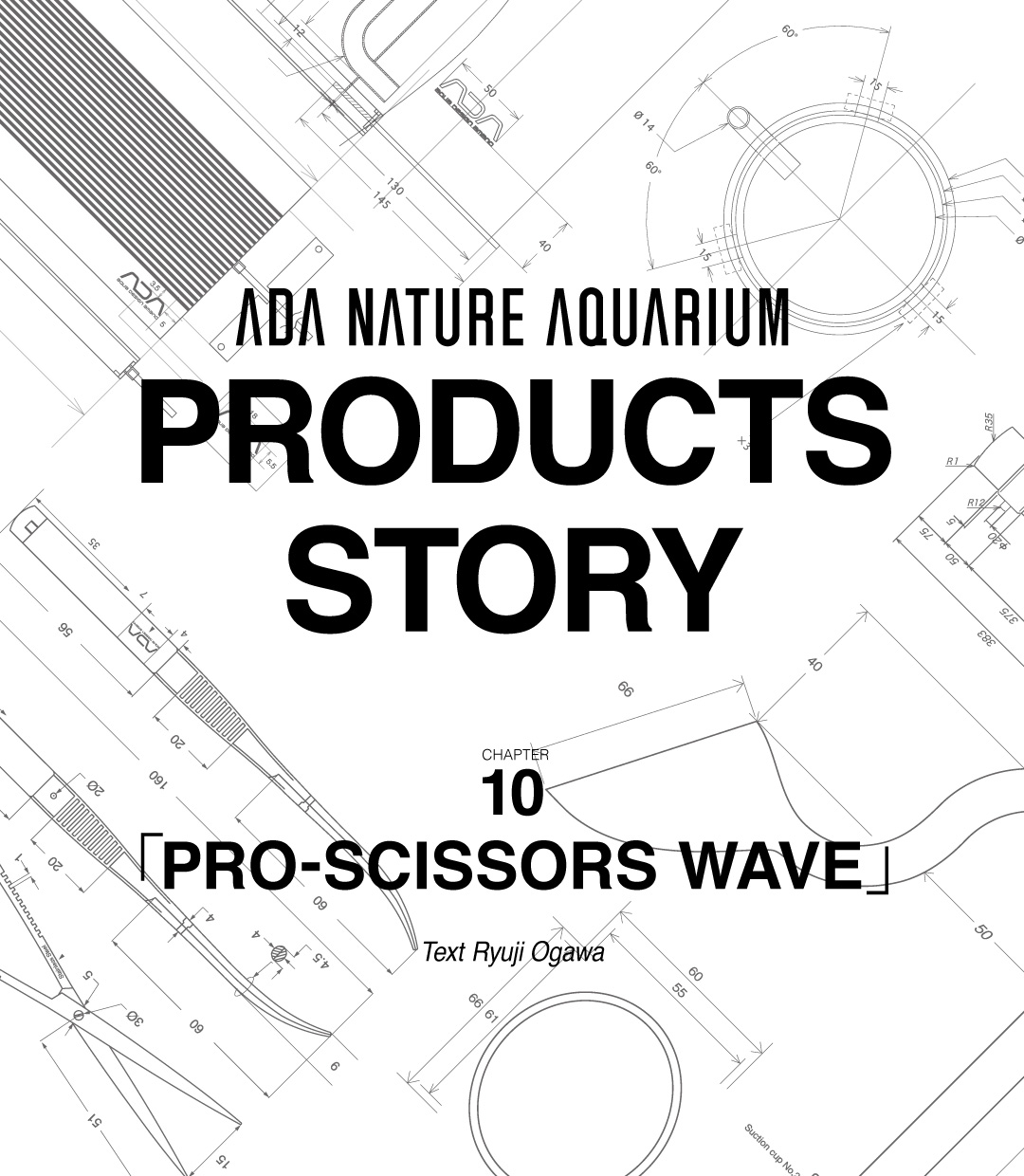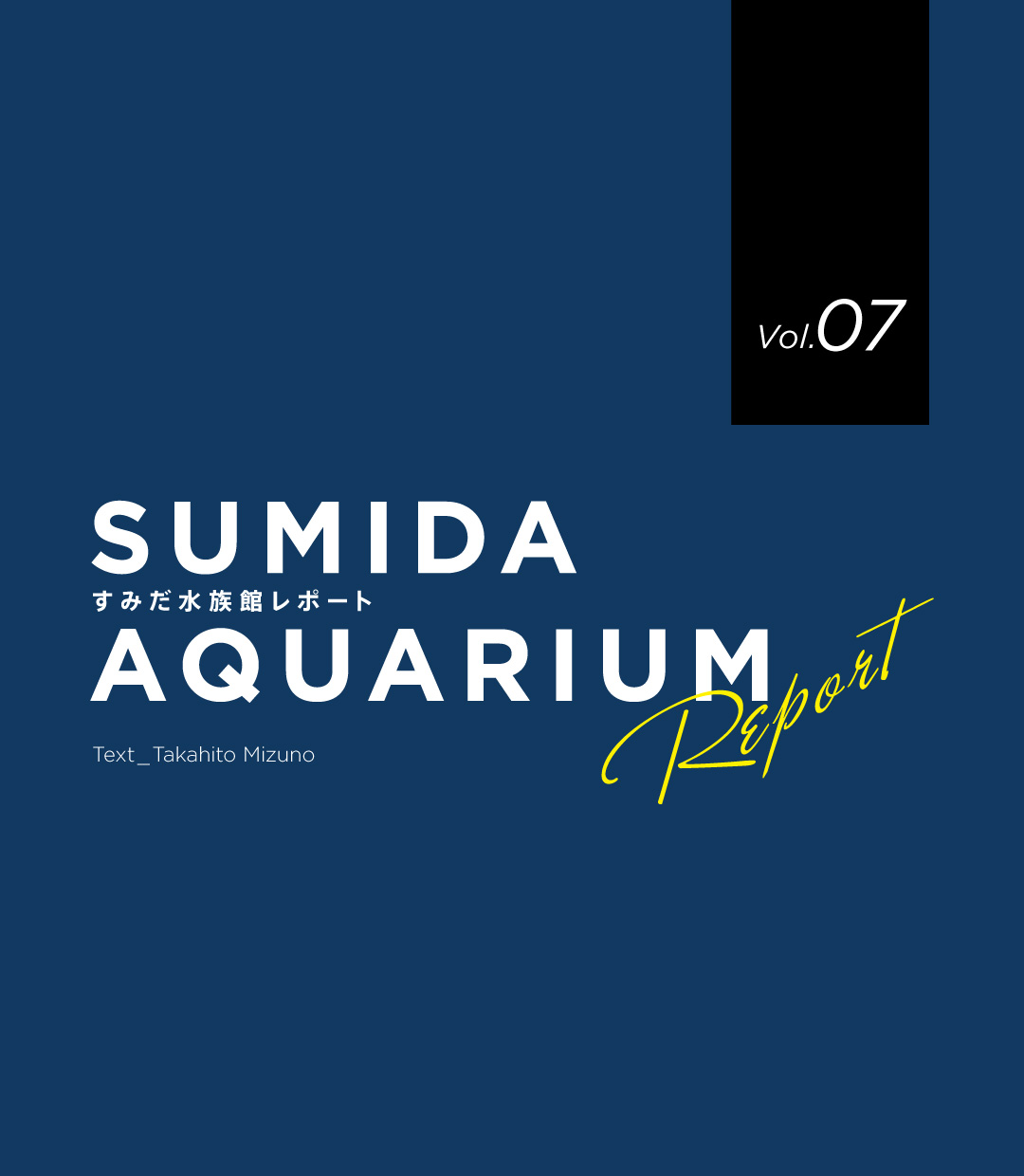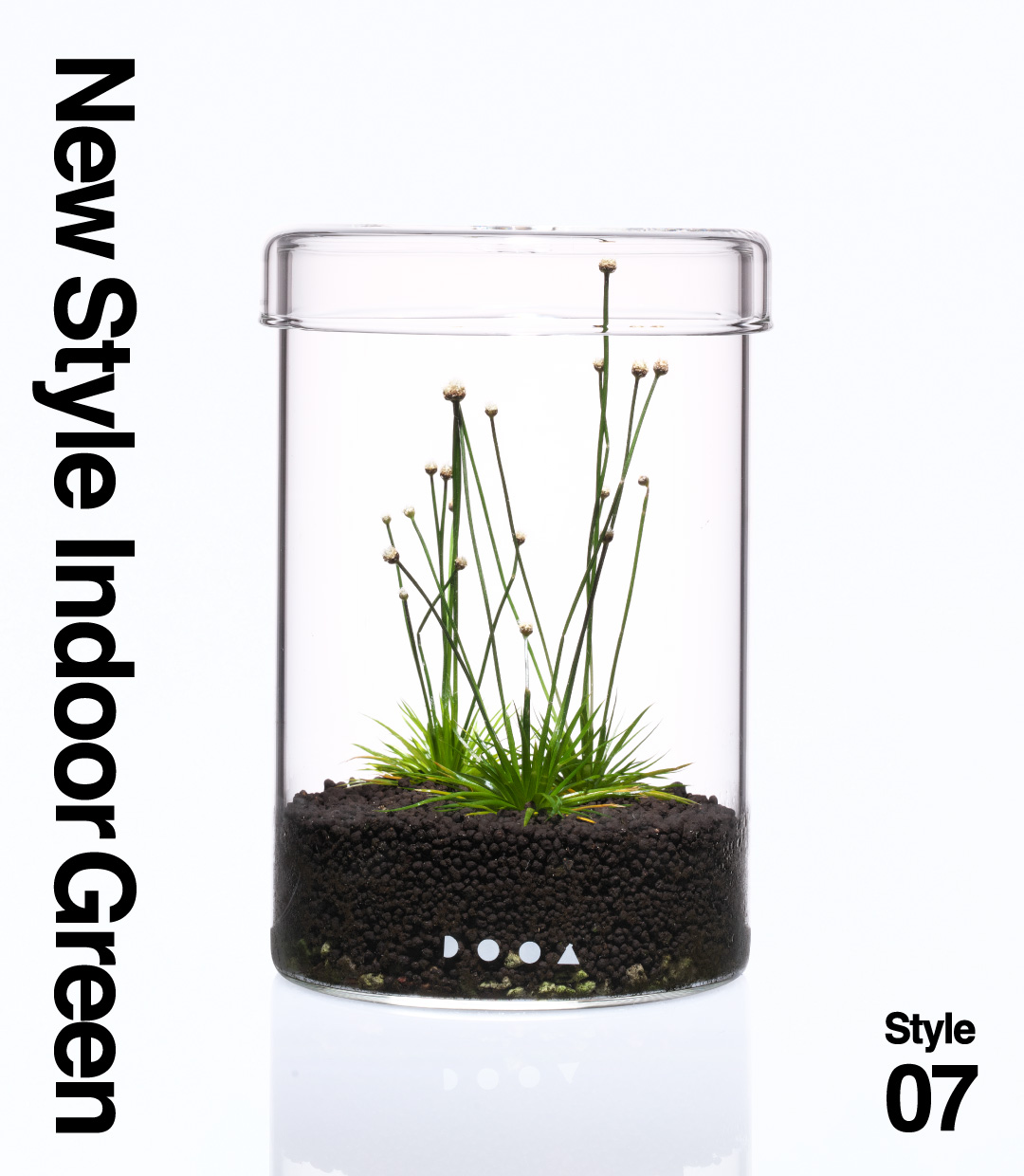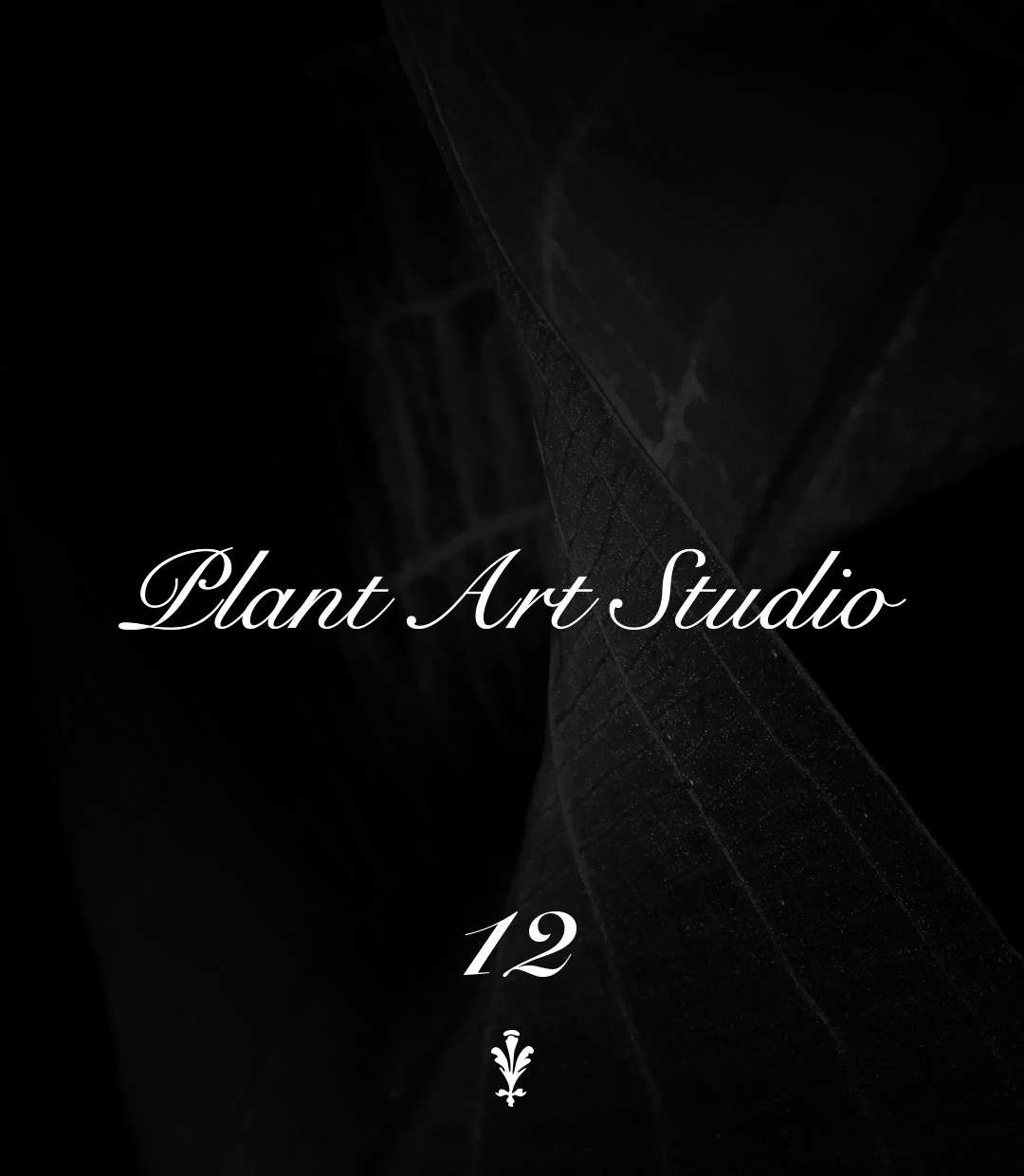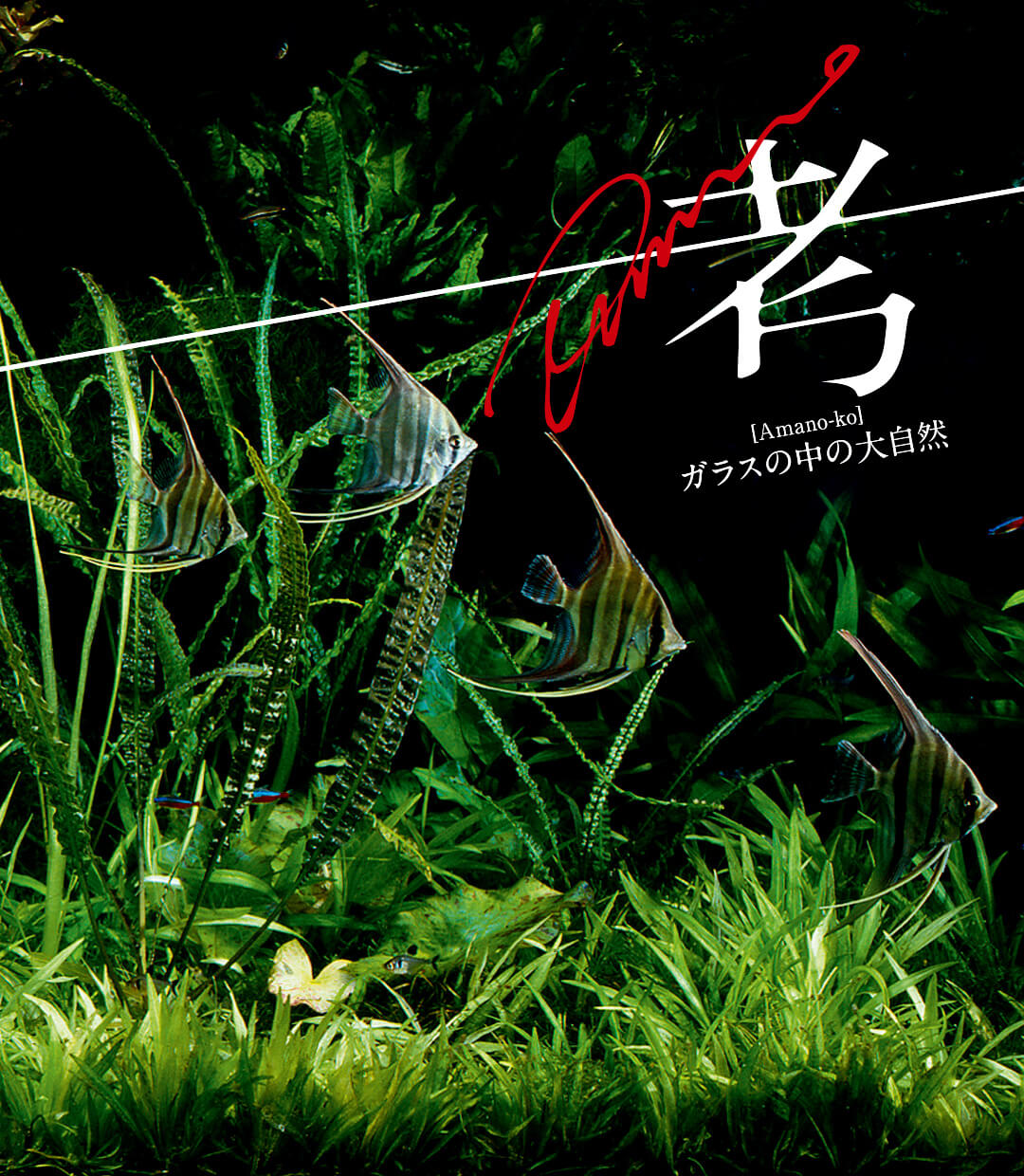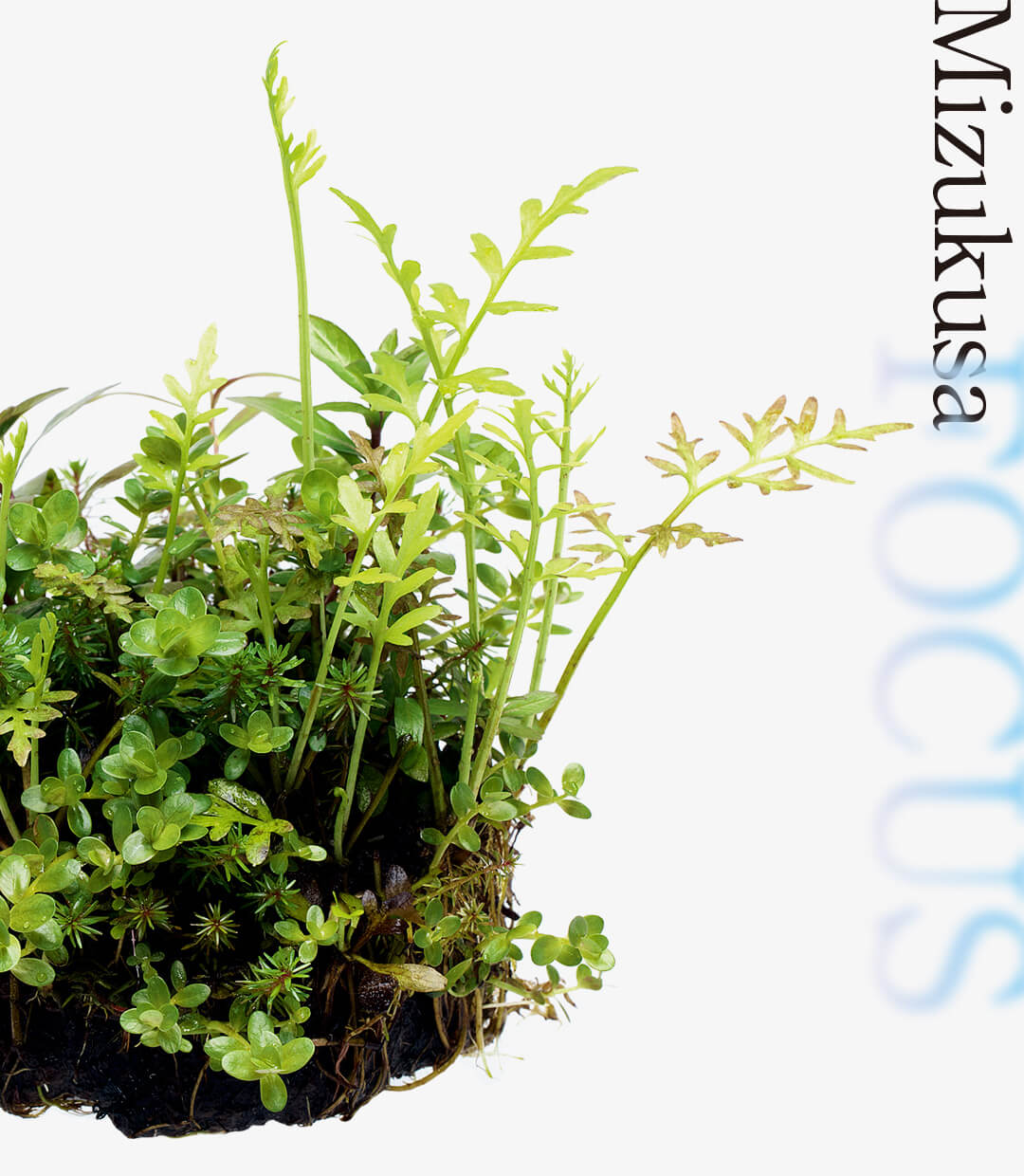ADA PLANTS GALLERY #08 Bolbitis heteroclita
ADA’s Research and Development Department, called the Green Lab, develops a wide variety of greenery products. In the article, we would like to share with you interesting bits of trivia about the plants produced in the lab, and a part of their true nature we see from time to time.
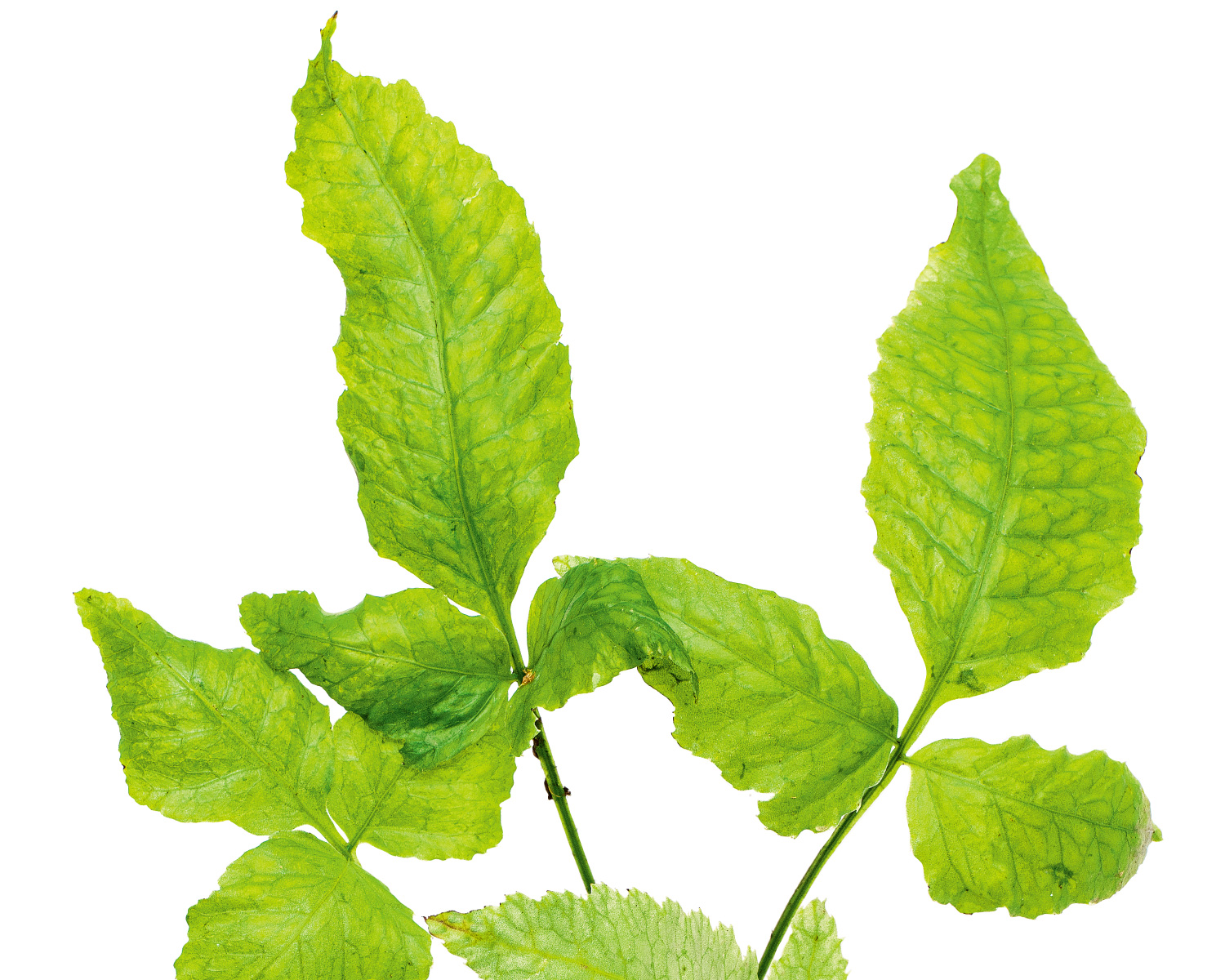
Asian Bolbitis famous as aquatic plants
Bolbitis heteroclita is a fern considered as an aquatic plant that is widely distributed in Southeast Asia for a long time. Of course, it is possible to grow it underwater, but its submerged leaves tend to become small and grow very slowly. And it is easy for algae to grow on the plant. Those are the shortcomings of Bolbitis heteroclita. Additionally, although its submerged leaves become beautiful translucent, they are hard and tend to prefer to be emersed with high humidity than being submerged.
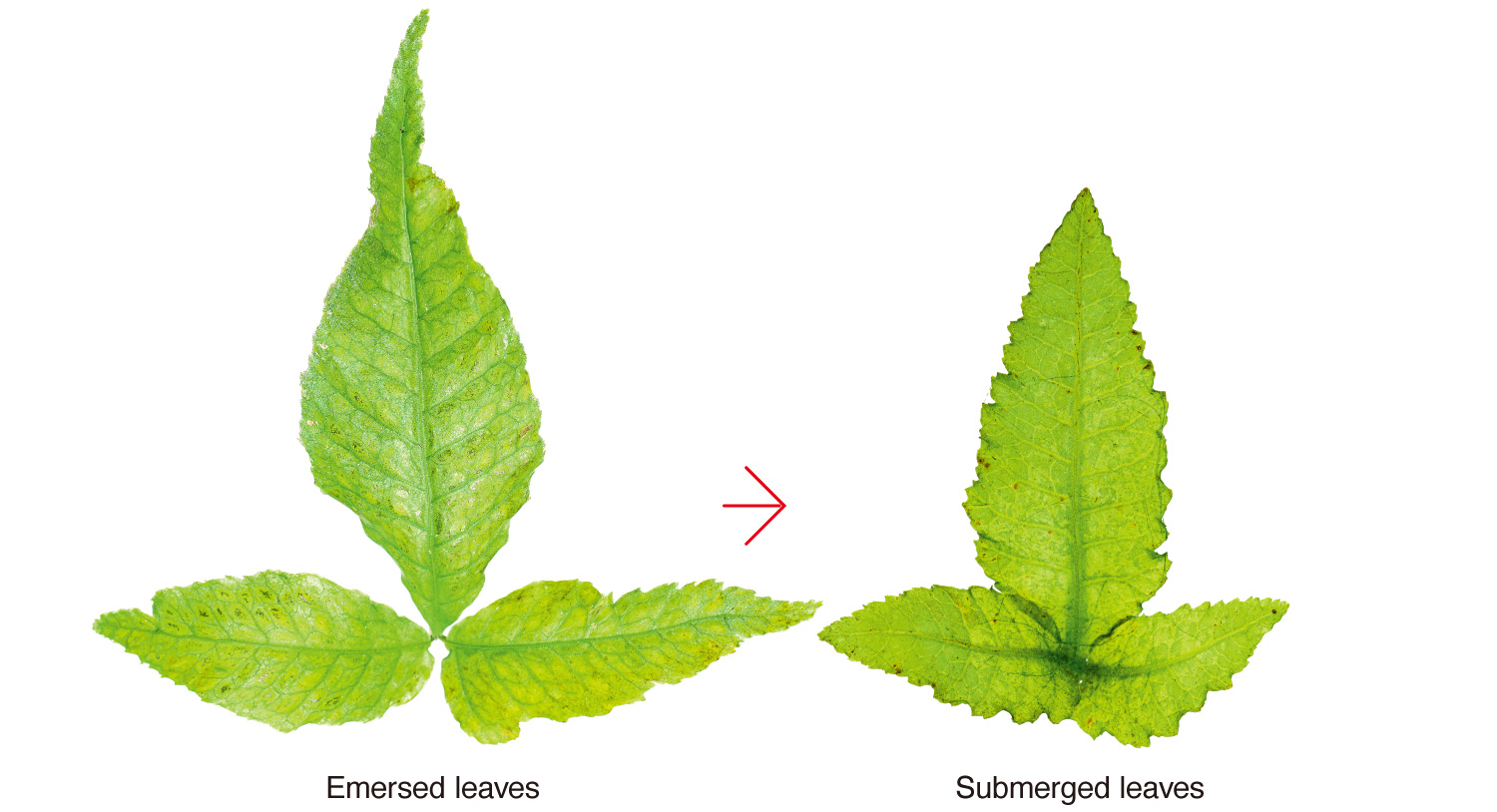
The crucial moment of Bolbitis heteroclita
In order to enjoy the wildness of Bolbitis heteroclita, we recommend that you grow it in DOOA System Terra 30 or DOOA System Paluda 30/60. If you grow it on Wabi-Kusa Mat and add it to a wall, it gives a distinctive atmosphere to the layout. It prefers humidity. So, we suggest that you have Mistflow generate mist occasionally to the extent that its leaves not to get water drops. By planting Bolbitis heteroclite only in key areas of a highly unique jungle plant layout, sharpness can be created. That’s one of the features of Bolbitis heteroclita.
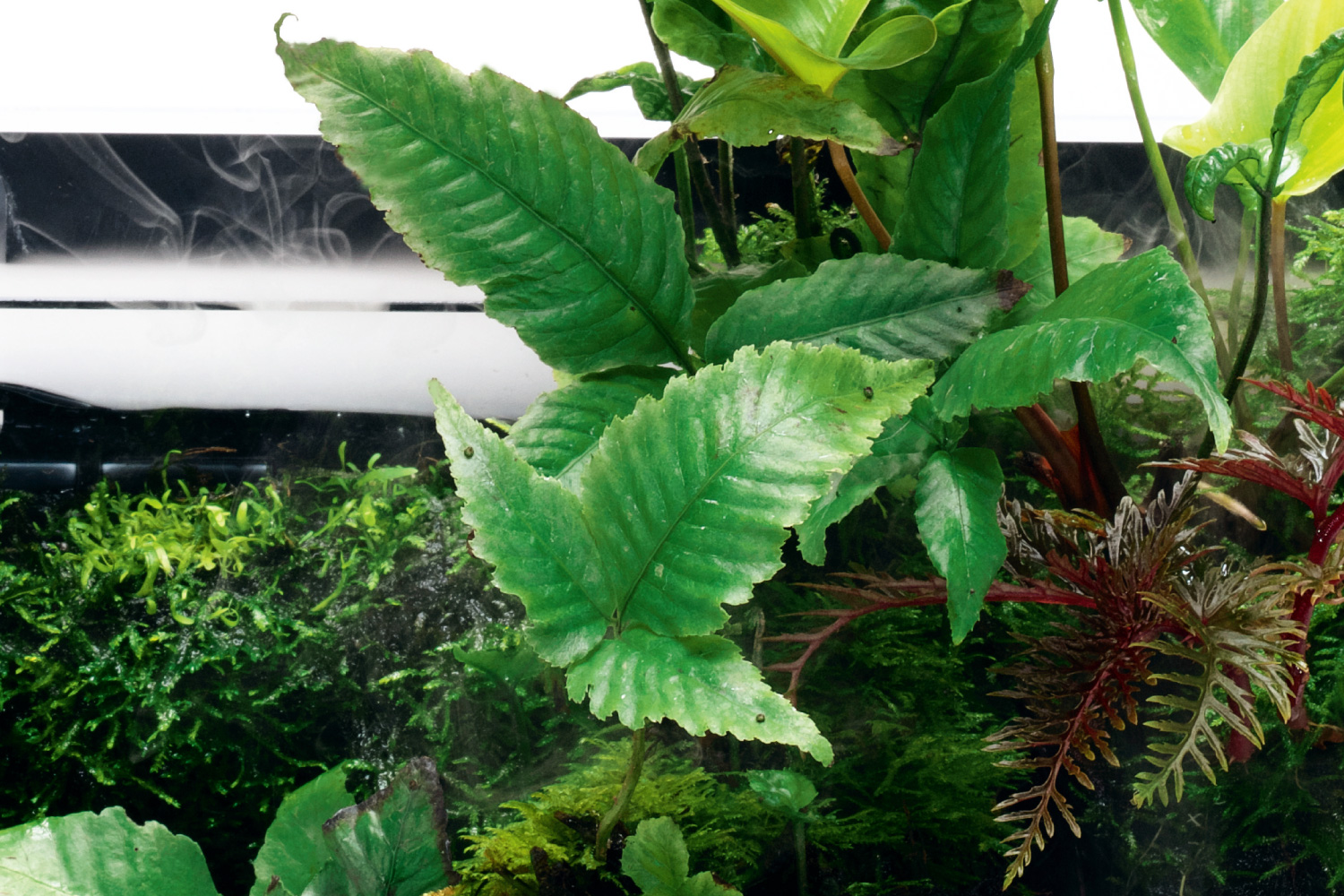
Dwarf type of Bolbitis heteroclita
Bolbitis heteroclita cuspidata and Bolbitis heteroclita difformis (mini Bolbitis) from the Philippines are considered as dwarf types of Bolbitis heteroclita. Since they look different and can be mistaken as different species, they used to be classified as a genus Edanyoa. Although you can grow them underwater, they will be miniaturized and grow significantly slower. They are also the family of Bolbitis heteroclite suitable for small Paludarium which you want to take time to finish with epiphytic orchids and moss.
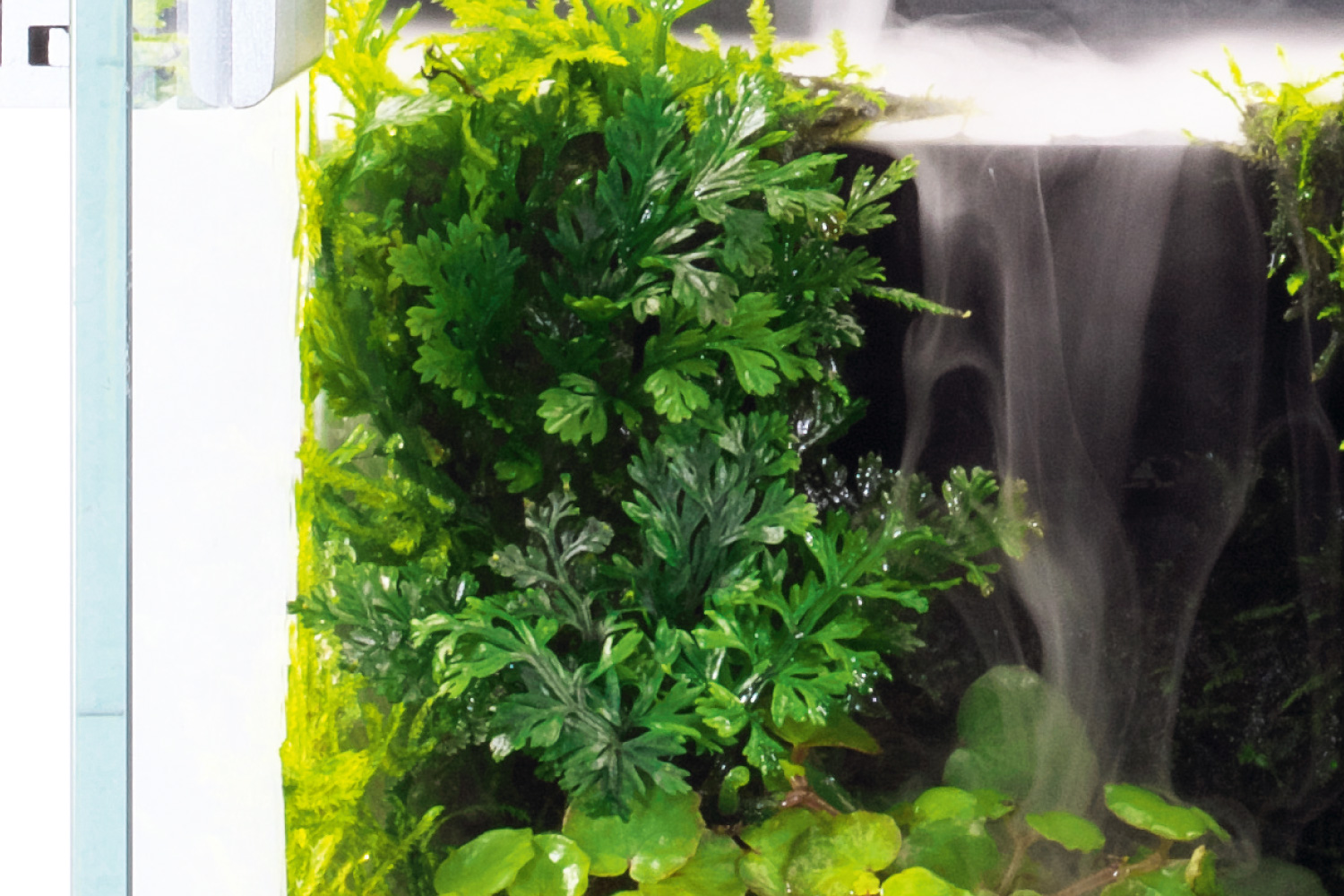
True identity of a growing leaf
The shape of Bolbitis heteroclita leaves is called single pinnate compound. A young Bolbitis heteroclite tends to have more trefoil shaped leaves. But some large mature Bolbitis heteroclita develop cinquefoil, 7 leaved, and 9 leaved. Although sporophylls are rarely seen in a layout, some Bolbitis heteroclita develop a longer midrib of the leaf. This can be seen when Bolbitis heteroclita makes asexual buds on the tips. Some grow up to about 50cm. That is one of the charms of Bolbitis heteroclita.
